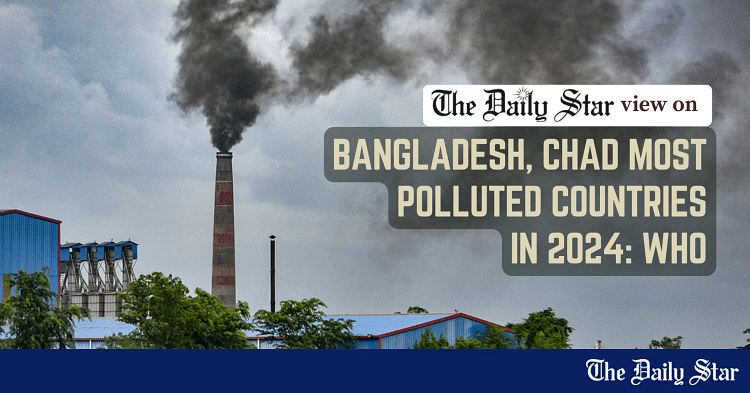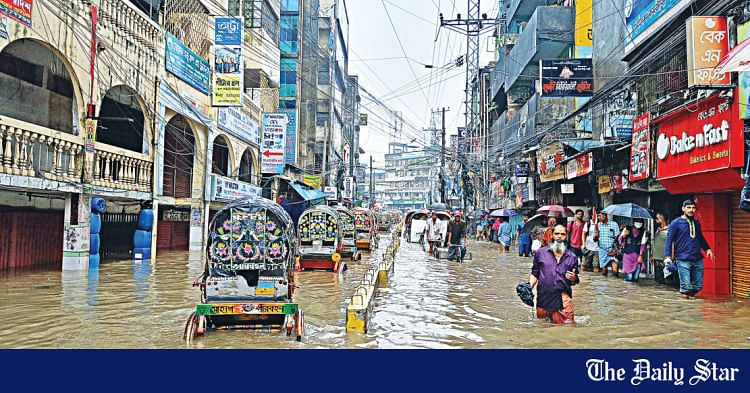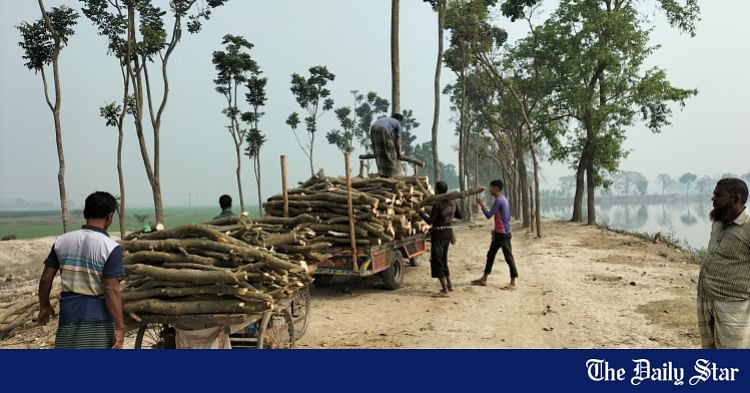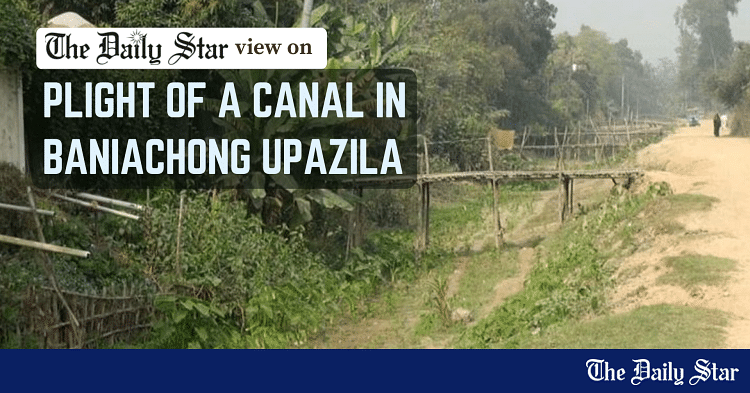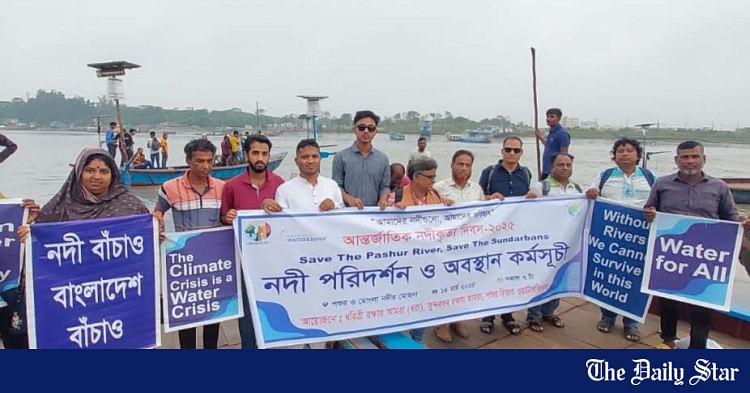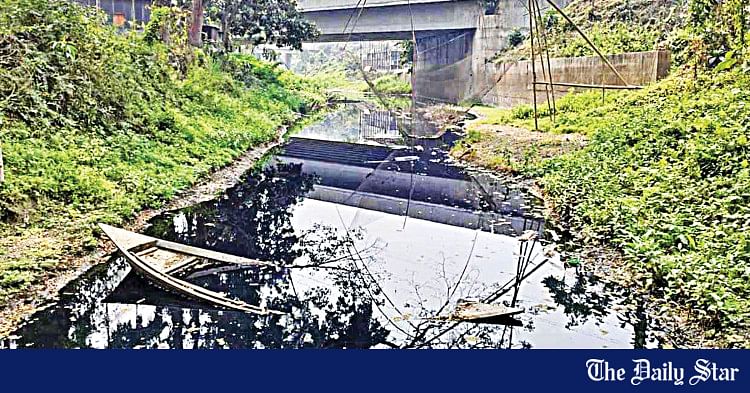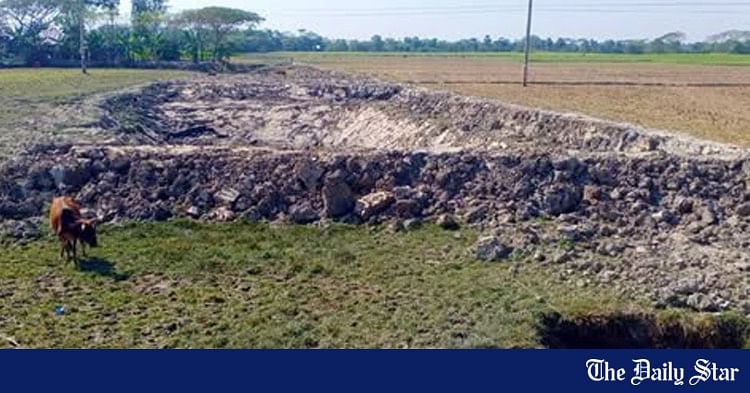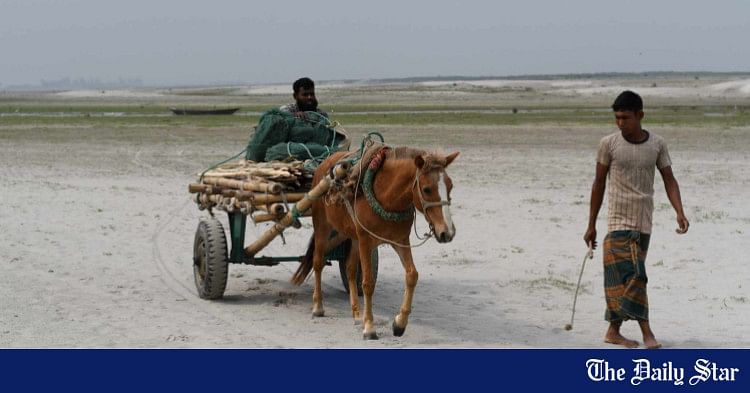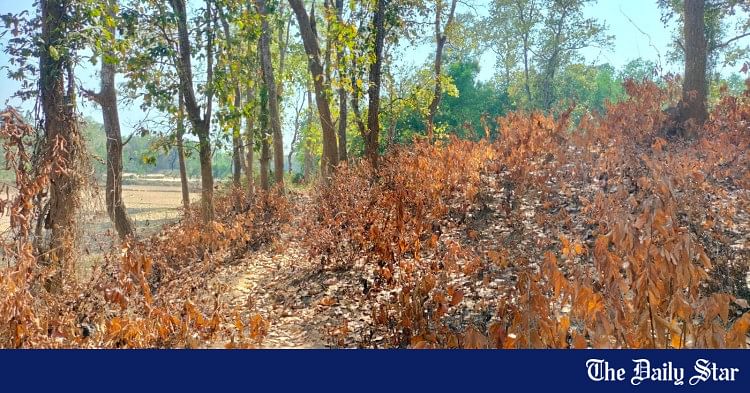- Copy to clipboard
- Thread starter
- #341
Saif
Senior Member
- Joined
- Jan 24, 2024
- Messages
- 15,397
- Reaction score
- 7,873
- Nation

- Residence

- Axis Group


Don’t let river grabbers contest polls
Rights organisation Human Rights and Peace for Bangladesh (HRPB) yesterday submitted a memorandum to the Election Commission requesting it to amend the Representation of the People Order (RPO), incorporating a provision to disqualify the river polluters and encroachers from elections.
Don’t let river grabbers contest polls
HRPB urges EC to amend RPO

Rights organisation Human Rights and Peace for Bangladesh (HRPB) yesterday submitted a memorandum to the Election Commission requesting it to amend the Representation of the People Order (RPO), incorporating a provision to disqualify the river polluters and encroachers from elections.
A delegation of HRPB led by its president Advocate Manzill Murshid placed the memorandum to the EC at its office.
Earlier, the High Court in 2016 ordered a provision in this regard.
The Supreme Court also suggested that the grabbers and polluters should be disqualified from contesting the elections.
Despite the suggestions, no law has been formulated in this regard, said HRPB.
HRPB urges EC to amend RPO
Rights organisation Human Rights and Peace for Bangladesh (HRPB) yesterday submitted a memorandum to the Election Commission requesting it to amend the Representation of the People Order (RPO), incorporating a provision to disqualify the river polluters and encroachers from elections.
A delegation of HRPB led by its president Advocate Manzill Murshid placed the memorandum to the EC at its office.
Earlier, the High Court in 2016 ordered a provision in this regard.
The Supreme Court also suggested that the grabbers and polluters should be disqualified from contesting the elections.
Despite the suggestions, no law has been formulated in this regard, said HRPB.




